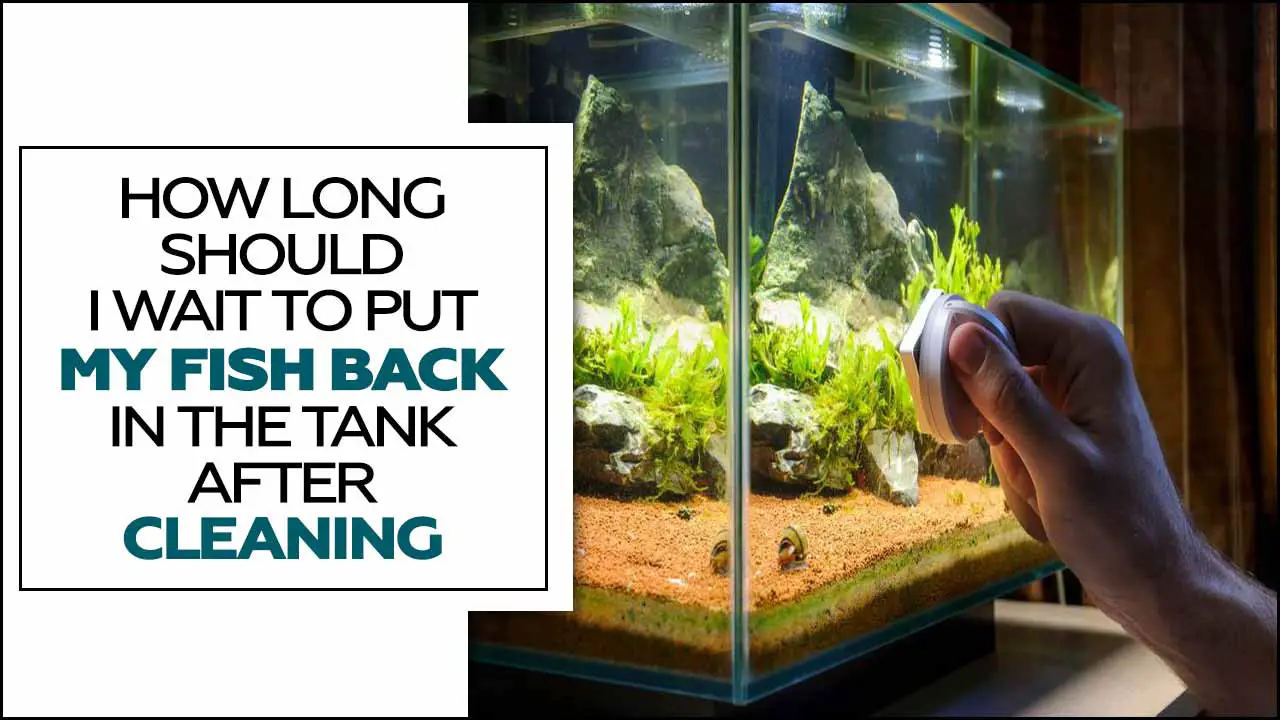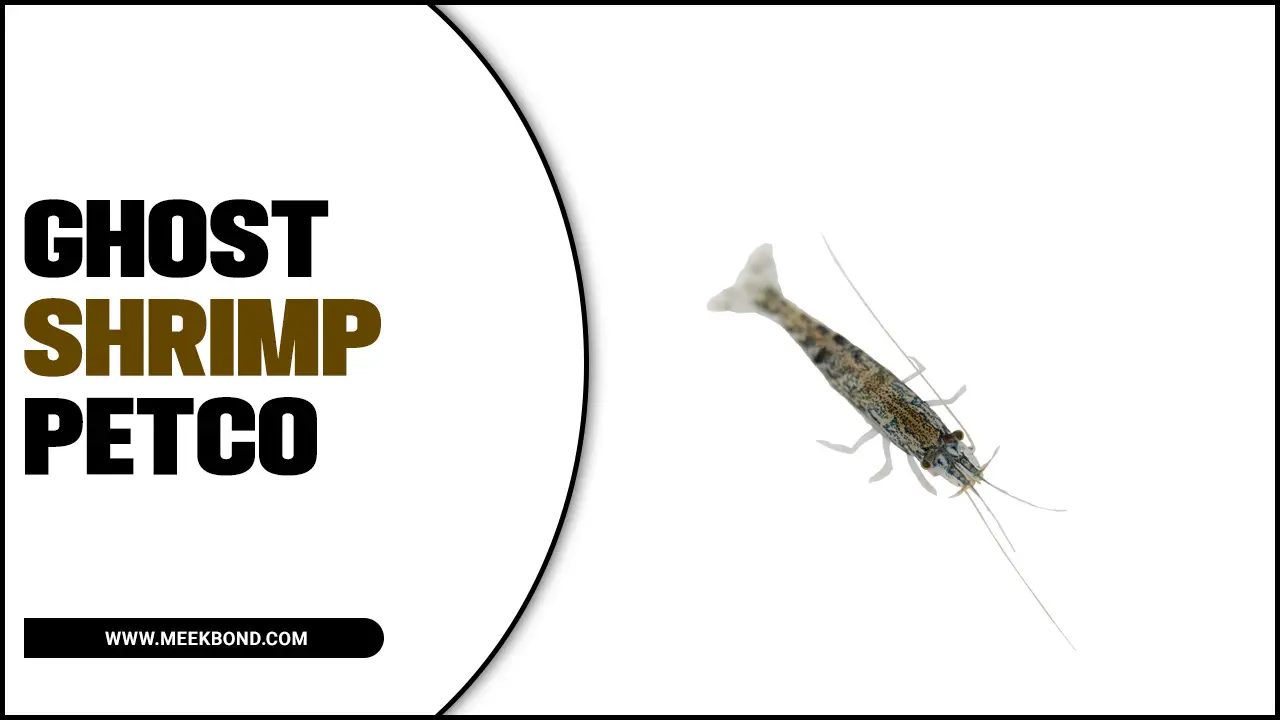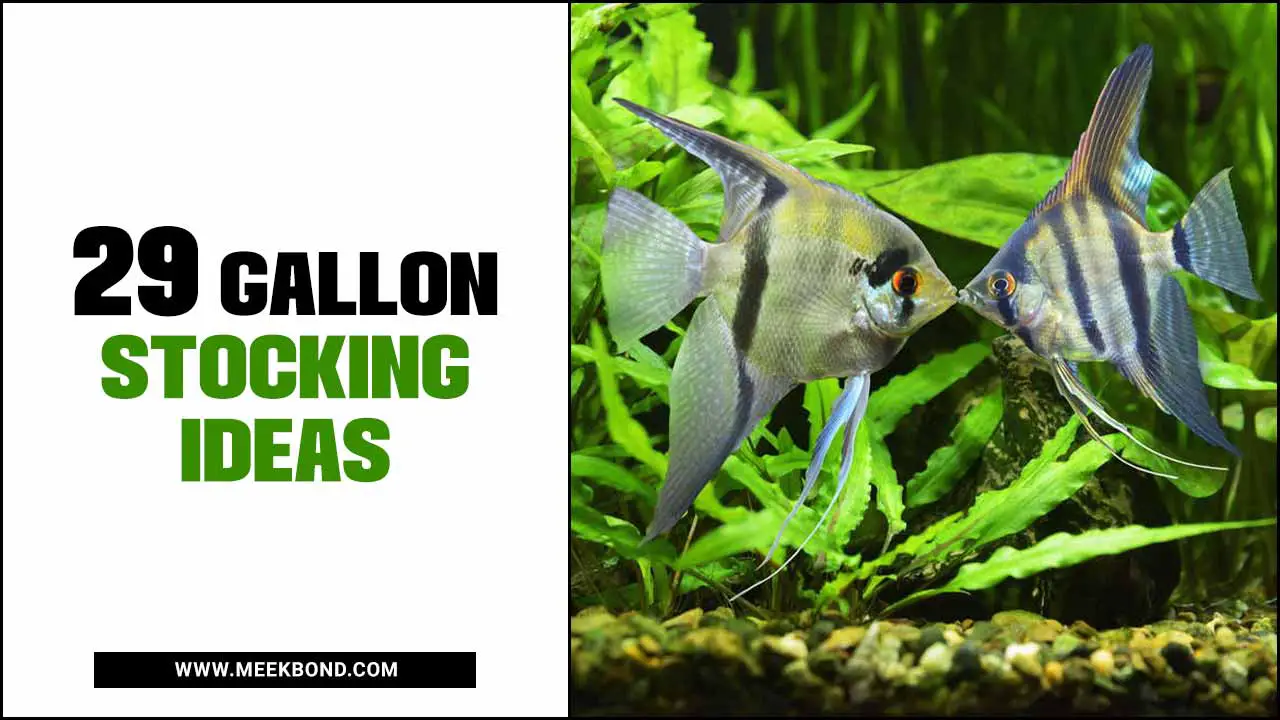Lobsters are fascinating creatures that have intrigued humans for centuries. Their unique physical features and delicious taste have made them a popular delicacy worldwide.
Among the different species of lobsters, vanilla lobsters are a rare and highly sought-after variety that require specialized care to thrive. If you are a lobster enthusiast or a seafood lover looking to raise your own vanilla lobsters, this comprehensive guide is for you.
Here, we will take you through every step of the vanilla lobster care process, from selecting the right habitat to maintaining optimal water conditions and feeding schedules. We have gathered insights and recommendations from expert lobster breeders. And marine biologists to provide the most up-to-date and reliable information on caring for your vanilla lobsters.
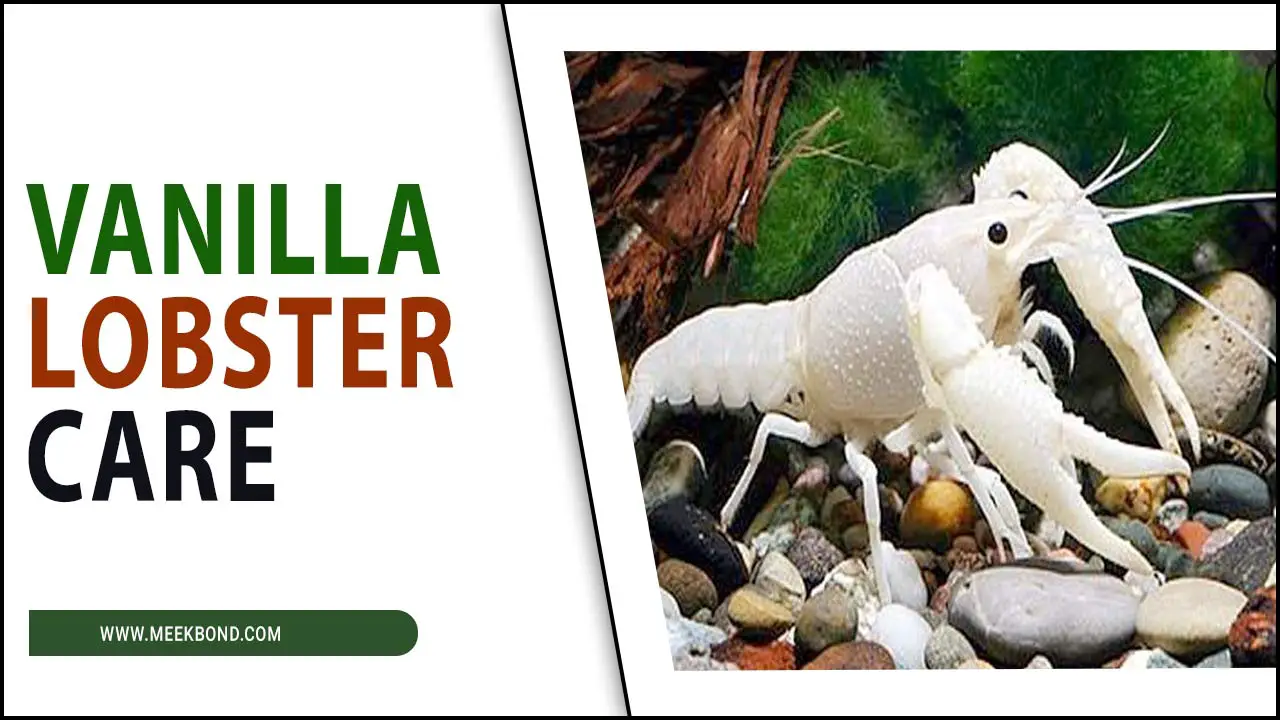
About Vanilla Lobster

The aquarium Vanilla Lobster is a type of freshwater lobster that is known for its unique shell coloration. It has a creamy white color with hints of yellow and brown, giving it a vanilla-like appearance. This lobster is a popular aquarium addition and can be kept with other non-aggressive fish species.
It requires a spacious tank with plenty of hiding places and clean and well-oxygenated water. The Vanilla Lobster feeds on a variety of foods, including pellets, frozen or live foods, and vegetables. It is a fascinating and beautiful addition to any aquarium.
Size
The aquarium Vanilla Lobster, also known as the “White Lobster,” is a rare and sought-after species in the marine world. These lobsters are typically small, averaging 2-3 inches long. However, some individuals can reach up to 4 inches in length.
Notably, these lobsters require specific water conditions, such as a pH level between 8.0-8.4 and a temperature range of 72-78°F. Proper care and maintenance are crucial for the health and well-being of aquarium Vanilla Lobsters. Due to their unique appearance and size, these lobsters can make a stunning addition to any aquarium setting.
Food Habit
Vanilla lobsters, also known as albino lobsters, have a unique feeding habit that differs from their colorful counterparts. These lobster species are known to be rare and are highly sought after by seafood enthusiasts. Vanilla lobsters feed on various small crustaceans, mollusks, and fish.
They use their powerful claws to catch and crush their prey with their sharp mandibles. Due to their white appearance, vanilla lobsters blend well with their surroundings and can easily ambush their prey. Their feeding habits are crucial to their survival and play a significant role in maintaining their population in the wild.
Tankmates & Molting
When considering tankmates for aquarium vanilla lobsters, choosing peaceful and non-aggressive species is important. Suitable tankmates may include other crustaceans, such as shrimp or small snails, and peaceful fish, such as tetras or guppies.
It is advisable to avoid housing vanilla lobsters with larger, aggressive fish that may view them as prey. Additionally, it is important to provide a suitable environment for moulting, as vanilla lobsters require a safe and secluded space to shed their exoskeleton. A rocky cave or hiding spot can protect you during this vulnerable time. Maintaining proper water quality and a varied diet can also promote healthy moulting in vanilla lobsters.
Vanilla Lobster Care Tips And Techniques For Optimal Growth And Survival
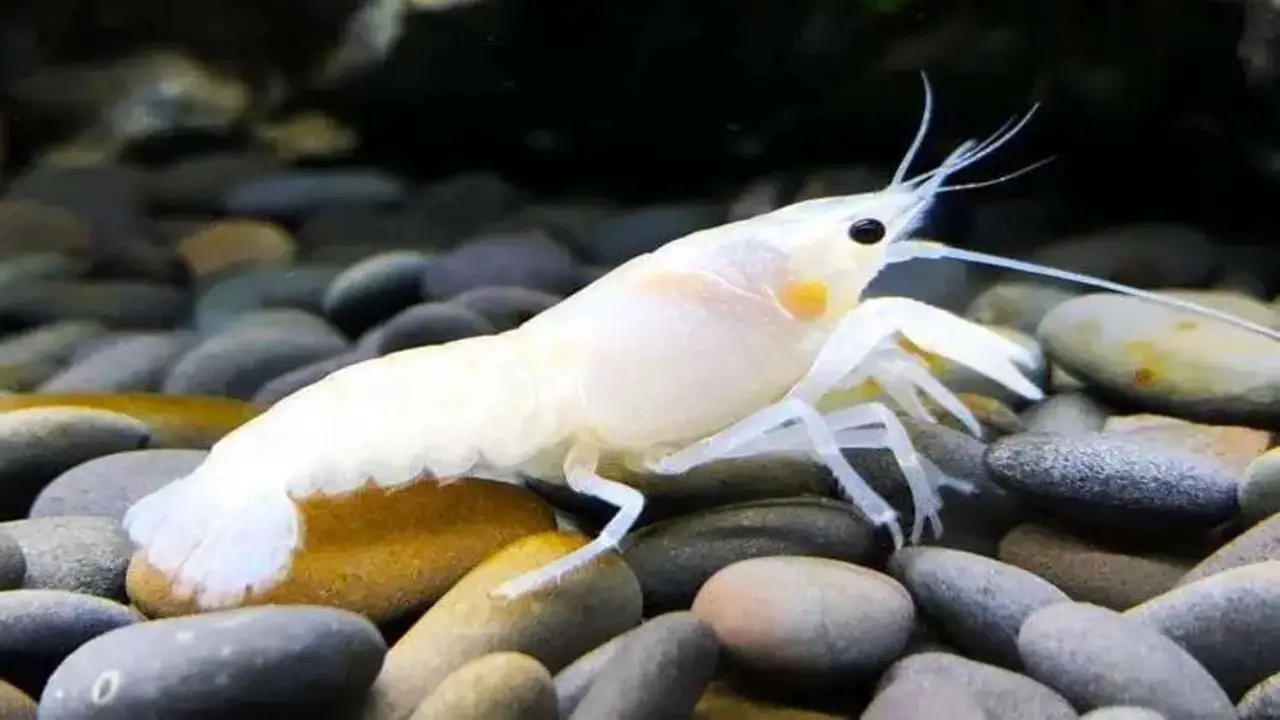
When caring for vanilla lobsters, there are a few things to remember. First and foremost, these creatures require a suitable habitat to thrive. This means providing them with a tank large enough to accommodate their size, plenty of hiding places, and other features that mimic their natural environment.
In addition, it’s important to keep the water quality in the tank at optimal levels, which involves regular testing and maintenance of the water’s pH, temperature, and other key factors. Feeding is also an important aspect of vanilla lobster care, and these creatures typically require a varied diet that includes both plant and animal-based foods.
It’s important to avoid overfeeding, however, as this can lead to health problems and even death in some cases. Finally, it’s important to look for any signs of illness or injury in your vanilla lobsters, such as changes in behavior or appearance, and to seek veterinary care if necessary.
Understanding The Vanilla Lobster
Understanding the Vanilla Lobster and providing proper care is crucial for aquarium enthusiasts. The Vanilla Lobster is a captivating freshwater crustacean with striking white coloration. They can grow up to 6 inches long and require a spacious tank with ample hiding spots and plants.
Regarding their diet, Vanilla Lobsters prefer a varied diet of both plant and animal matter. They enjoy pellets, flakes, and live or frozen foods such as brine shrimp, bloodworms, and krill. Keeping their water quality pristine is essential as they are sensitive to poor water conditions. Regular water changes, filtration, and testing are necessary to maintain their health and well-being.
Tank Setup For The Perfect Habitat

Providing the perfect habitat is crucial for their well-being when keeping vanilla lobster as pets. Setting up a suitable aquarium is the first step in lobster care. The aquarium should be large enough to accommodate the lobster’s size and behavior. A standard 20-gallon tank is suitable for a single lobster. And a larger tank may be necessary if you keep multiple lobsters.
The tank should also have a secure lid to prevent the escape of the lobster. The water conditions in the aquarium should be kept stable, and the temperature should range from 50-70°F. The pH level should be between 7.0-8.5, and the water hardness should be between 150-250 ppm.
Water Quality And Temperature
Proper water quality and temperature are essential components of their care. Vanilla lobsters prefer a tank with a temperature range between 75-82 degrees Fahrenheit, and the water quality must be maintained to prevent ammonia and nitrite spikes. Consistently checking the pH levels and using a high-quality filtration system can help manage these levels, ensuring a healthy environment for your lobster.
Creating a comfortable and spacious living space for your vanilla lobster is also important. They require hiding spots and plenty of room to move around, so a tank with at least a 20-gallon capacity is ideal. Additionally, a varied diet of vegetables, fruits, and proteins can help support their overall health and well-being.
Water Filtration
Regarding care for vanilla lobster, water filtration is one of the most important factors to consider. These fascinating creatures require a specific environment to thrive, and maintaining the right water conditions is crucial to their well-being.
To ensure optimal water quality, it’s important to have a high-quality filtration system. Regularly test the water to monitor its chemical composition. This can help prevent dangerous levels of ammonia, nitrites, and nitrates, which can harm lobsters.
Additionally, it’s important to provide lobsters with plenty of hiding places, as they are nocturnal animals that prefer to stay hidden during the day. This can be achieved using rocks, plants, and other aquarium decorations that mimic their natural environment. In terms of diet, vanilla lobsters are omnivores. And should be fed a balanced diet of both plant and animal-based foods
Feeding Your Vanilla Lobster
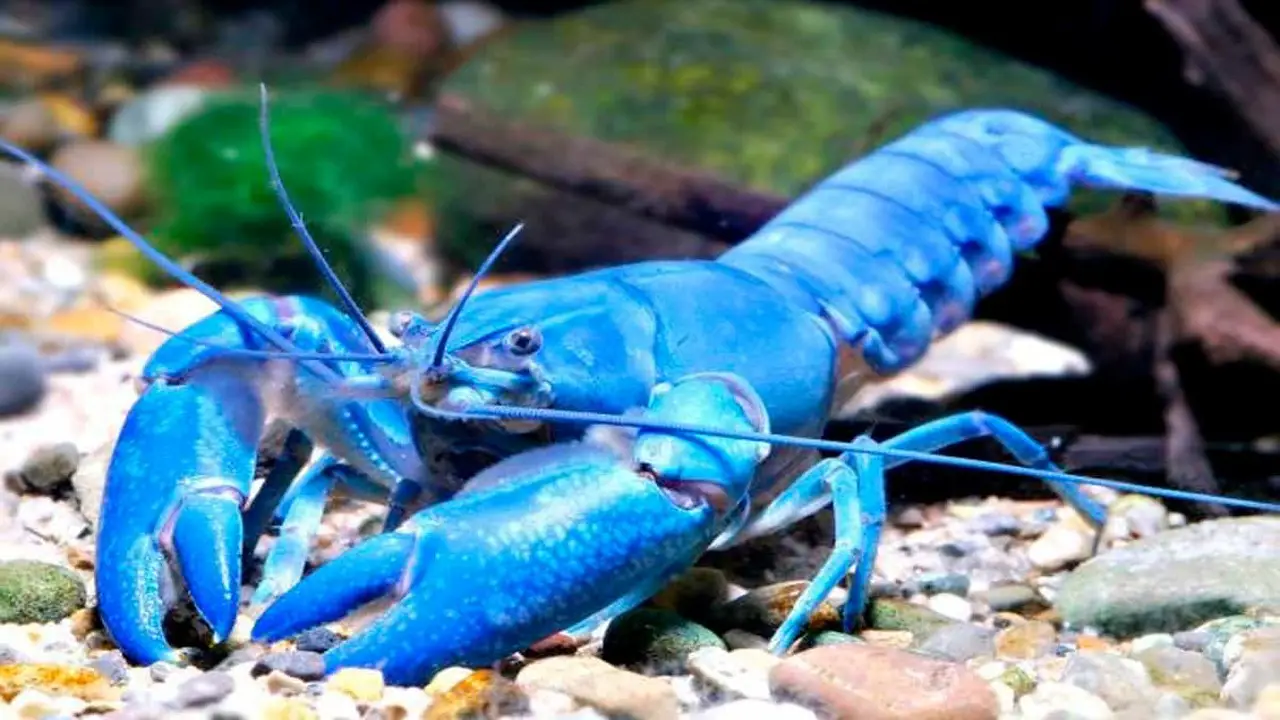
Vanilla lobsters are known for their unique and beautiful coloration, but they also require specific care to thrive in a home aquarium. A critical aspect of caring for a vanilla lobster is proper feeding. These crustaceans are omnivores, meaning they eat plant and animal matter.
A good diet for a vanilla lobster should include a variety of foods such as frozen or live brine shrimp, bloodworms, krill, and algae wafers. It is important to offer a balanced diet to ensure they receive all the necessary nutrients.
Overfeeding should avoid as it can lead to poor water quality and health problems. Feeding vanilla lobsters in small amounts once or twice a day is recommended, removing any uneaten food after a few hours. In addition to feeding, maintaining a clean and well-filtered aquarium is essential for the overall health of the lobster.
Maintaining A Healthy Diet
Maintaining a healthy diet is crucial for the well-being of any living being, including lobsters. Proper care ensures they receive all the necessary nutrients to keep them thriving. A balanced diet for lobsters includes a variety of food sources, such as shrimp, squid, clams, and mussels. It is essential to avoid feeding them human food, as it may contain ingredients that are harmful to their health.
Additionally, feeding lobsters too much can lead to obesity and other health problems, so it is crucial to monitor their food intake carefully. Furthermore, it is essential to maintain the quality of the water in their tank, as dirty water can lead to infection and disease. Providing lobsters with a clean environment and proper nutrition can significantly improve their quality of life.
Handling And Transporting Your Vanilla Lobster
Vanilla lobsters, also known as albino lobsters, require special care when handling and transporting them. These delicate creatures have a unique coloration due to a genetic mutation that prevents the production of pigments.
As a result, they are highly prized by collectors and seafood enthusiasts alike. However, vanilla lobsters require extra attention to ensure their health and well-being due to their rarity. When handling vanilla lobsters, it is important to avoid touching them with bare hands or exposing them to bright light, as this can cause stress and damage their delicate skin.
Instead, carefully lift them from the water with a soft cloth or gloves. It is important to keep vanilla lobsters cool and moist to prevent dehydration and stress when transporting them. Place them in a well-ventilated container with damp paper towels or seaweed to maintain the appropriate moisture level.
Common Health Issues And How To Treat Them
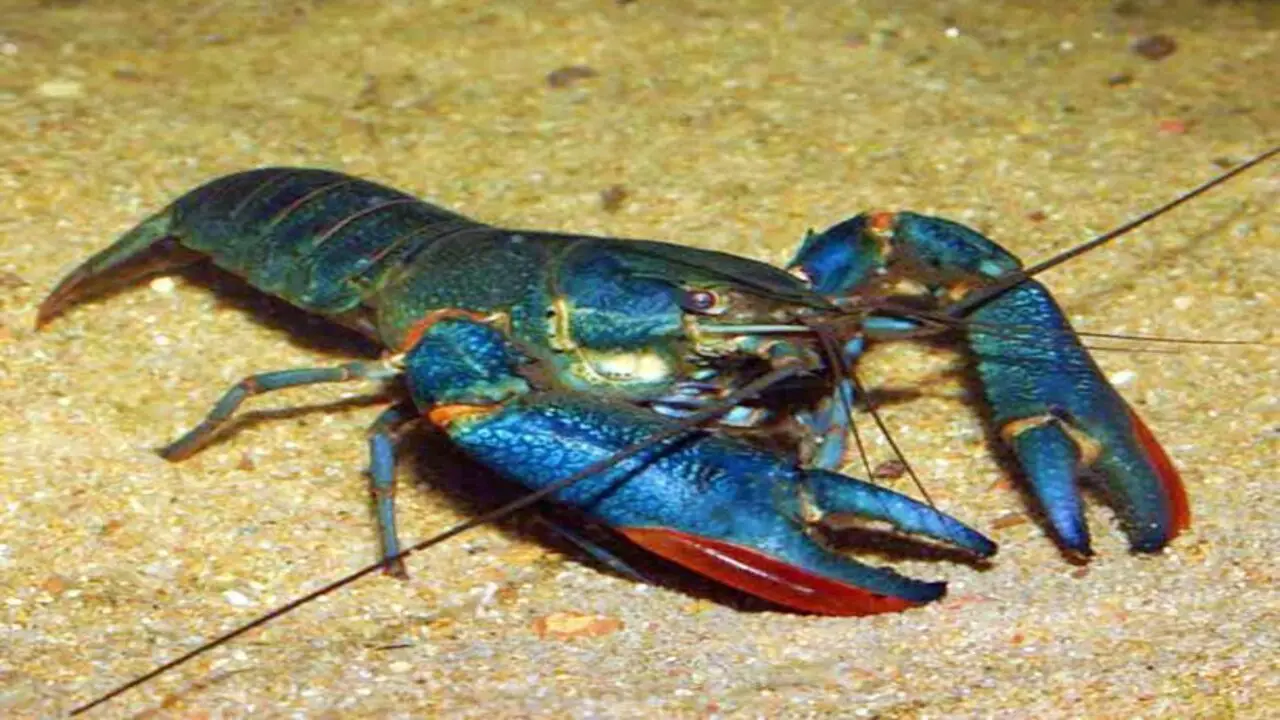
Vanilla lobster caring is crucial for the health and well-being of these unique creatures. As with any pet, common health issues that require proper treatment may arise. One common issue with lobsters is shell rot, which can cause by poor water quality.
And a lack of calcium in the diet. Maintaining good water quality is important to prevent and treat shell rot. And ensure that the lobster’s diet includes plenty of calcium-rich foods such as crushed eggshells or cuttlebone.
Another common issue is bacterial infections, which can cause lethargy, loss of appetite, and shell discoloration. This can treat with antibiotics, but it’s important to consult a veterinarian specializing in exotic animals to ensure proper treatment.
Breeding Vanilla Lobsters
Lobster care is essential for those who want to keep these beautiful creatures as pets. These lobsters require a clean and well-maintained tank with a pH of 8.1 to 8.4 and a temperature between 72 to 78 degrees Fahrenheit.
The ideal tank size for a single lobster is 30 gallons, but larger tanks are needed for breeding pairs. These lobsters are sensitive to high ammonia and nitrites, so regular water changes are necessary to maintain water quality. Feeding vanilla lobsters is relatively easy as they are not too picky.
A diet of frozen or dried shrimp, fish, and algae wafers is ideal for them. Breeding vanilla lobsters can be challenging as they require specific water conditions and a proper diet. A breeding pair should be placed in a separate tank with a pH level difference.
Handling And Transporting Vanilla Lobsters
Vanilla lobsters are a popular and highly sought-after seafood delicacy. However, they require specialized care and handling to maintain their freshness and quality. Proper care begins with selecting the best specimens from the tank or ocean. The lobsters should be healthy and active, with no signs of injury or stress. Once caught, they must be handled carefully to prevent injury or damage to their delicate shells.
Keeping them cool and moist during transport prevents dehydration and stress. When transporting vanilla lobsters, using an insulated container with an ice pack to keep them cool is best. It is also important to avoid overcrowding, as this can cause stress and injury to the lobsters.
Proper handling and transport of vanilla lobsters are critical to their survival and quality. These delicious crustaceans can be enjoyed fresh with the proper care and attention. And delicious, adding a touch of sophistication to any meal.
Growth And Development
Caring for Vanilla lobster is crucial for the growth and development of these stunning creatures. As a novice lobster owner, you must know the essential guidelines to ensure your pet lobster is healthy and happy. You should provide them with a suitable environment involving a spacious tank with hiding places, appropriate substrate, and a reliable filtration system.
To prevent stress and disease, the water quality must be maintained at optimal levels, with stable pH, temperature, and salinity. Feeding is also a critical aspect of lobster care, and you should offer them high-quality commercial foods supplemented with fresh vegetables, fruits, and protein sources.
It would help to remove any uneaten food to maintain good water quality. As your pet lobster grows, it will moult, shedding its exoskeleton to allow for growth. During this period, you should ensure that the water quality is exceptional. And the diet is rich in calcium to aid in forming a new exoskeleton.
Interacting With Your Vanilla Lobster
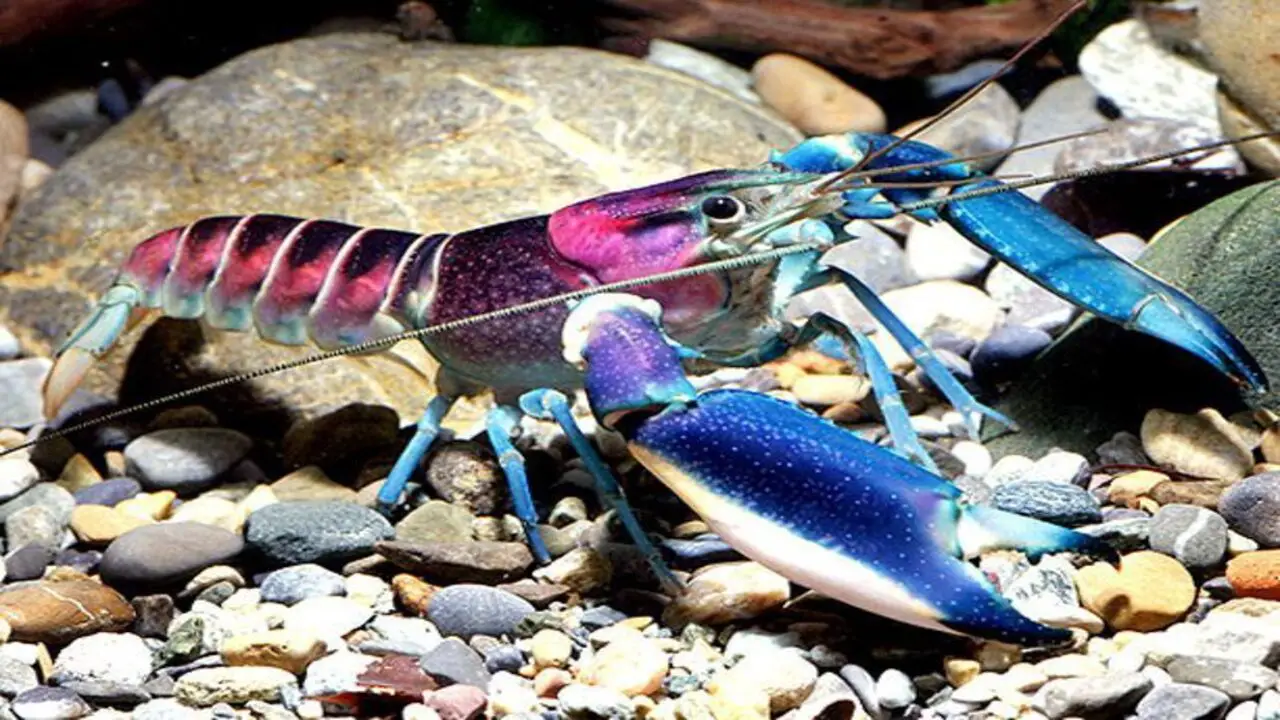
These unique crustaceans are known for their bright white appearance. And distinct flavor, making them a popular choice among seafood enthusiasts. To ensure your vanilla lobster thrives in captivity, provide a suitable environment with plenty of hiding places. And clean, oxygenated water is crucial.
When interacting with your vanilla lobster, it’s important to be gentle and avoid handling them too much as they may become stressed and agitated. Instead, observe them from a distance and provide them with foods such as algae, shrimp pellets, and fresh vegetables. You can also offer your vanilla lobster treats, such as small pieces of fish or shrimp, but be sure to avoid feeding them anything harmful to their health.
Conclusion
Vanilla lobster care is essential for ensuring the health and well-being of these unique creatures. As their name suggests, vanilla lobsters have a distinctive scent and are known for their beautiful coloration. To keep them healthy, it’s important to maintain a clean and well-filtered aquarium with plenty of hiding places and a varied diet.
These omnivorous lobsters require a mix of plants and meat-based foods, such as algae wafers, shrimp, and pellets. With their stunning white and blue coloration and unique personalities, they’re sure to make a splash with your friends and family. Remember to provide them with a spacious tank, plenty of hiding places, and a varied diet to keep them healthy and happy.
FAQ
What Environment Is Best For Keeping Vanilla Lobsters, And What Temperature And Water Conditions Do They Require?
Vanilla lobsters are best kept in a saltwater aquarium with a temperature range of 72-78°F (22-26°C) and a pH of 8.1-8.4. Proper filtration and regular water changes are also necessary to maintain good water quality.
How Often Should Vanilla Lobsters Be Fed, And What Types Of Food Are Best For Them?
Vanilla lobsters’ feeding frequency and diet may vary depending on age, size, and overall health. However, vanilla lobsters should be fed small amounts of high-quality, protein-rich foods such as shrimp, crab, clams, and other seafood.
What Common Health Problems Can Vanilla Lobsters Experience, And How Can They Prevent Or Treat?
Vanilla lobsters can experience health problems like shell disease, bacterial infection, and parasites. If a vanilla lobster does develop a health issue, it may require treatment with antibiotics or other medications prescribed by a veterinarian or aquatic specialist.
Are There Any Specific Tank Mates To Avoid When Keeping Vanilla Lobsters, And Why?
These include aggressive or territorial species such as larger cichlids, pufferfish, and some types of catfish. This is because vanilla lobsters can be passive and become aggressive targets, leading to injury or death.
How Can You Tell If A Vanilla Lobster Is Male Or Female, And What Are The Differences In Care Between The Two Genders?
It is difficult to determine the gender of a vanilla lobster visually, as they do not have obvious external sexual characteristics. However, males may have slightly larger claws and a more elongated abdomen, while females may have a wider abdomen and smaller claws.

Aquarium passion is all about connecting with the aquatic life and providing education to the public on the importance of these creatures. We showcase a wide variety of marine life through our exhibits as well as working with schools to provide unique learning opportunities for students of all ages.


